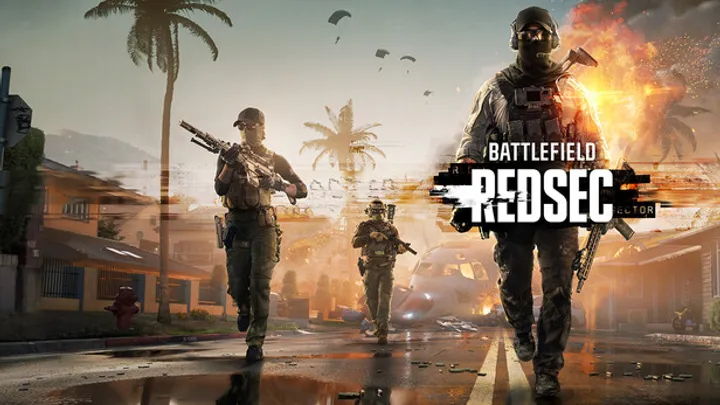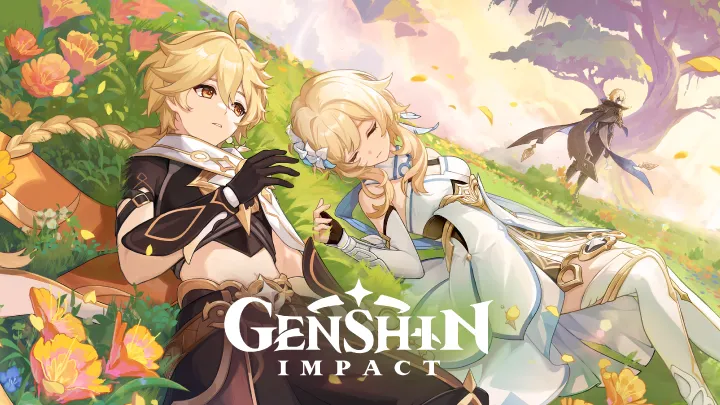Latest post on blog
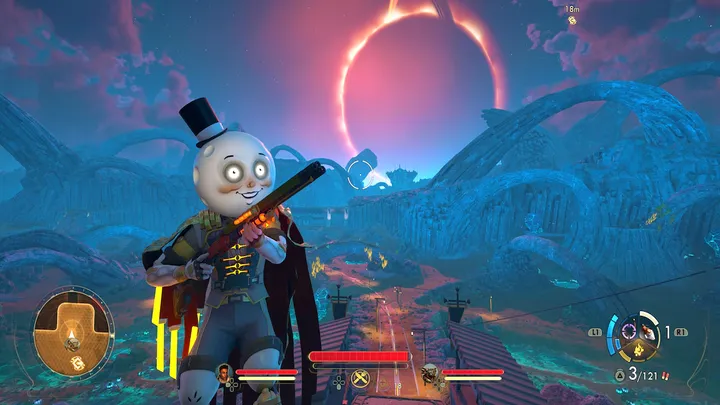
A Deep Guide to Mastering Character Builds, Choice Impact, and Tactical Freedom In The Outer Worlds 2
Discover how to master The Outer Worlds 2 by building flexible characters, using dialogue strategically, optimizing companions, and controlling long-term story outcomes.
December 29, 2025

A Deep Guide to Mastering CJ’s Journey from Street Survival to Empire Control In Grand Theft Auto: San Andreas
December 29, 2025

A Complete Guide to Understanding and Winning the Chaos In Steal a Brainrot [SKIBIDI]
December 29, 2025
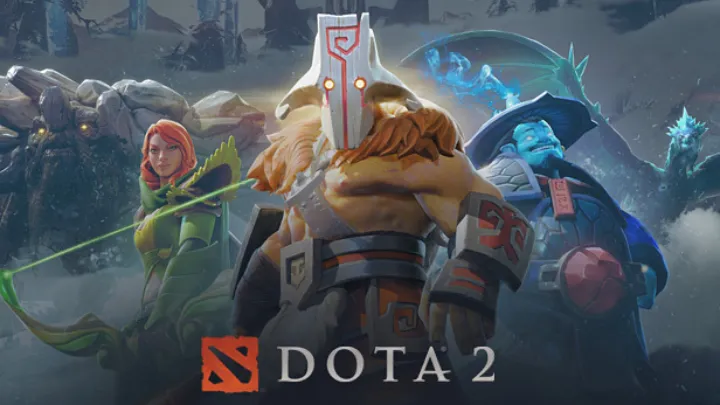
Dota 2 Mastery Guide: How to Climb the MMR Ladder Like a Pro
December 29, 2025
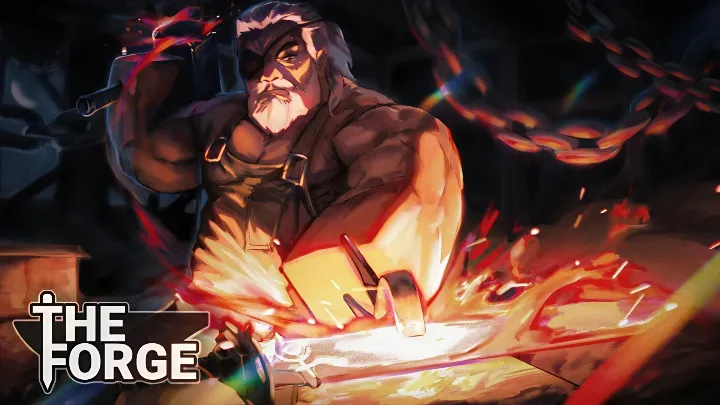
How to Master Roblox: The Forge – The Ultimate Blacksmithing Guide
December 29, 2025
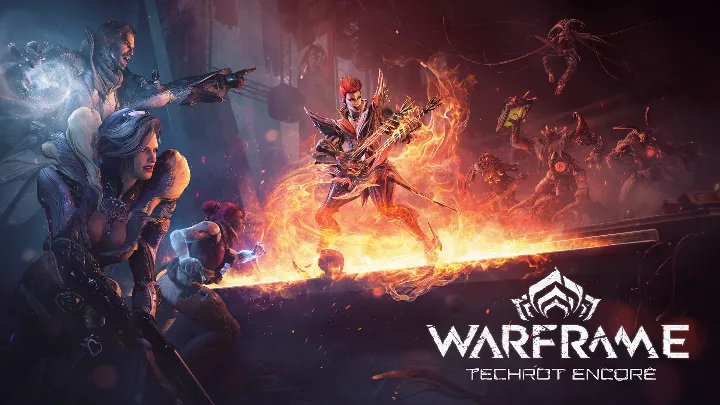
Warframe: An Evolutionary Masterpiece of Free-to-Play Action Games
December 26, 2025
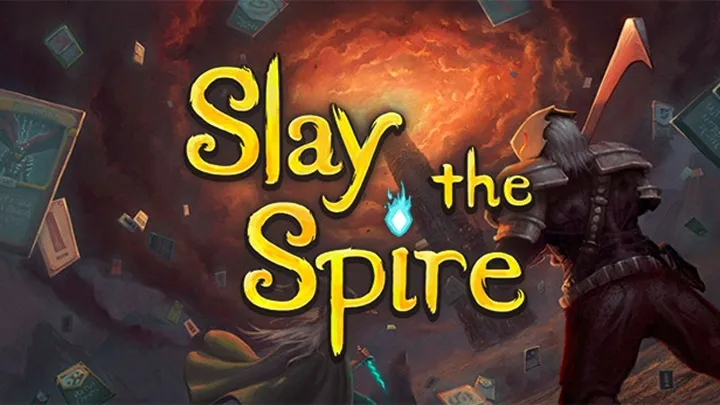
How to Play Slay the Spire Effectively: Build Smart Decks, Manage Resources, and Win More Runs
December 26, 2025

How to Play Stardew Valley Effectively: Manage Time, Build Smart, and Grow a Profitable Farm
December 26, 2025
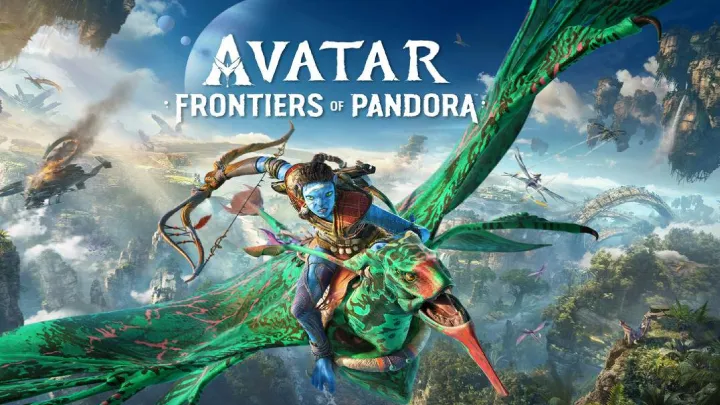
The Pandora Masterpiece: Redefining Open-World Excellence in Avatar: Frontiers of Pandora
December 26, 2025
Latest review
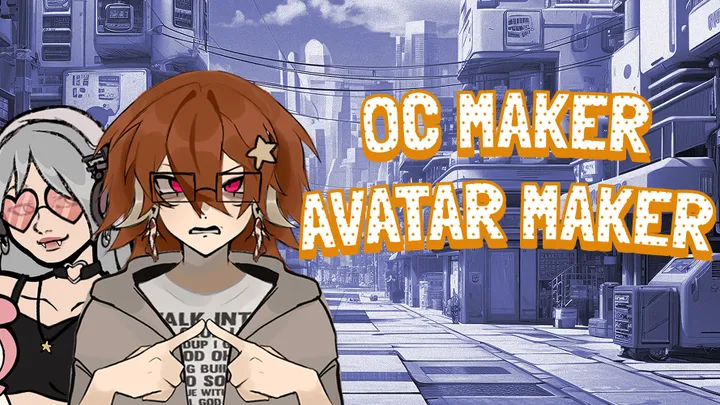
OC Maker: Avatar Maker
OC Maker: Avatar Maker is a fantastic tool for anyone interested in creating unique avatars and characters.

[SKIBIDI] Steal a Brainrot
Steal a Brainrot offers an entertaining and whimsical adventure for players on Roblox, combining engaging gameplay mechanics, vibrant visuals, and an active community.

Avatar: Frontiers of Pandora™
Avatar: Frontiers of Pandora™ promises to deliver an immersive gaming experience that combines stunning visuals, a rich narrative, and engaging gameplay mechanics.

Banana
Banana offers a refreshing and engaging gaming experience that combines charming visuals, dynamic gameplay, and a lighthearted narrative.

Marvel Rivals
Marvel Rivals delivers an exhilarating multiplayer experience that connects fans of the Marvel universe through engaging strategies and thrilling combat.
Editor Advices
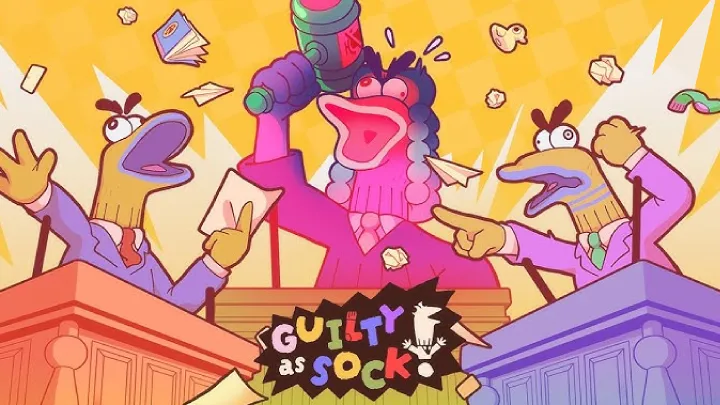
Guilty as Sock!
Guilty as Sock! delivers a hilarious party game experience with its absurd trials and cooperative chaos, celebrating a unique sock puppet twist.

EA SPORTS™ College Football 26
EA SPORTS™ College Football 26 offers a vibrant celebration of college football with enhanced rivalries and Dynasty mode, capturing the sport’s unique spirit.
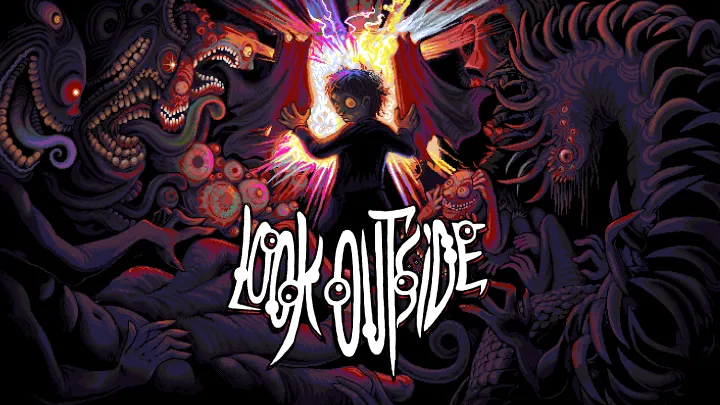
Look Outside
Look Outside is a hauntingly brilliant indie horror RPG that blends retro aesthetics with modern psychological dread.
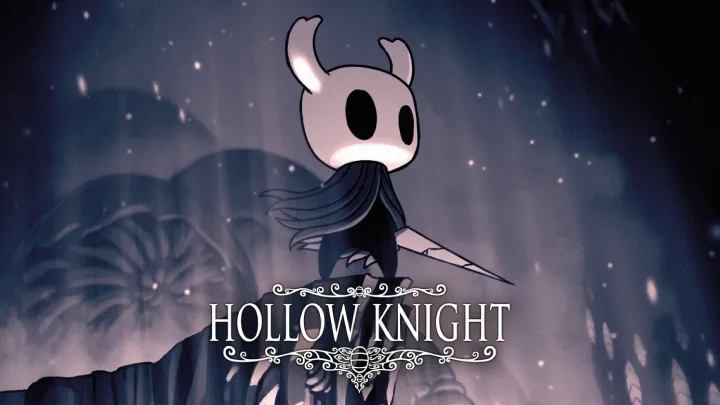
Hollow Knight
Hollow Knight delivers a mesmerizing metroidvania adventure with its challenging gameplay and atmospheric world, celebrating the thrill of exploration.
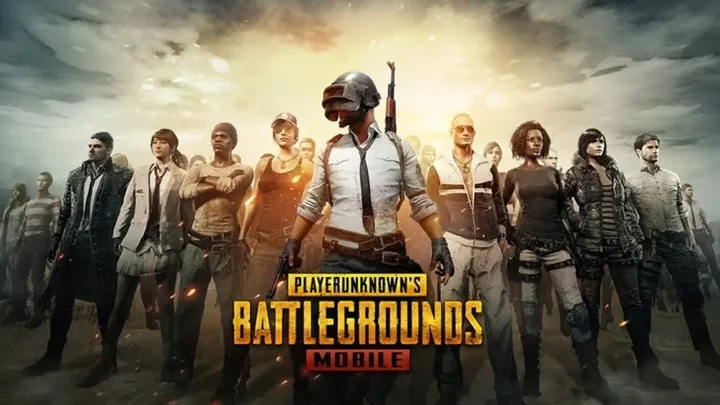
PUBG Mobile
PUBG Mobile remains a must-play for battle royale enthusiasts and a fascinating case study for game developers and analysts alike


